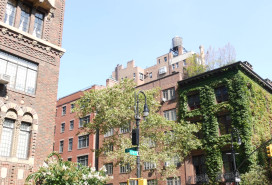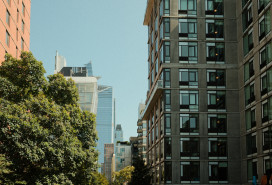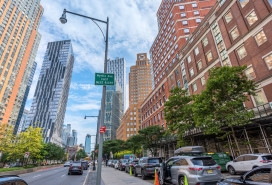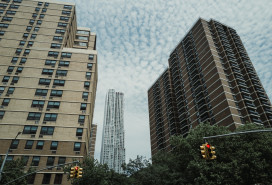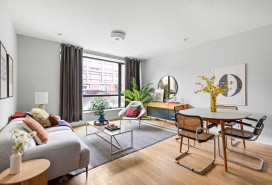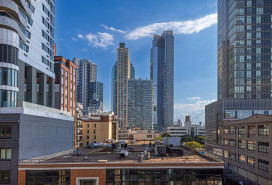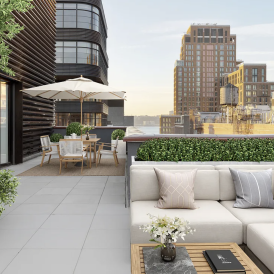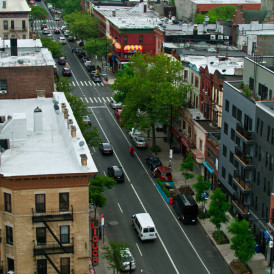Our co-op is renovating. Do we need to make it handicap accessible?
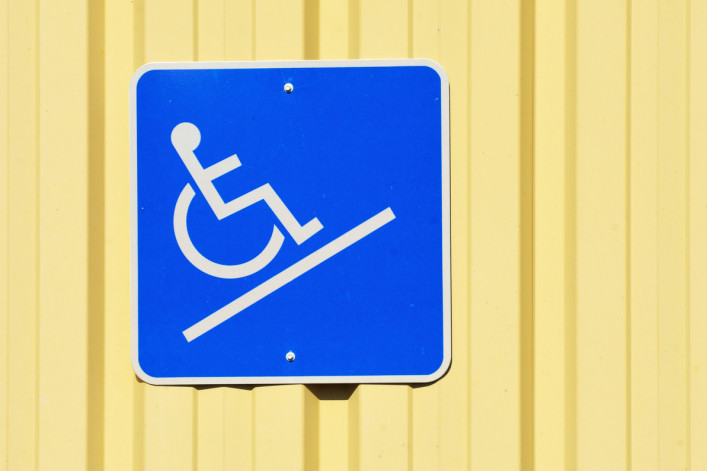
It depends on how much that renovation is going to cost.
iStock
Our co-op is renovating. Do we need to make it handicap accessible?
It depends. The key document to consider is Chapter 11 of the New York City Building Code, which dictates that if the value of the alteration exceeds 50 percent of the value of the existing building, the entirety of the building must be made accessible—that means adding ramps, signage, compliant windows, etc.
In the case of significant renovations that do not exceed 50 percent of the value of the existing building (for example, the renovation of the lobby) it is required that the area being worked on be made accessible.
It’s difficult to get around this, as your building’s plans needs to be reviewed and approved by the Department of Buildings, and if they aren’t approved, work permits aren’t granted. In other words: the job isn’t happening, especially if major work is involved.
If the work is minor or just cosmetic, it is possible the Department of Buildings will approve plans, but that isn’t a guarantee you won’t need to make your project accessible.
Why? “Human rights laws take precedence. Even over landmark laws,” says Kara Rakowski, partner at Belkin, Burden, Wenig & Goldman.
So, if a resident sees permits posted or work being done in a building undergoing minor renovations and says, “since we’re doing work, and I’m having mobility issues, I’d like a ramp” (and the request is reasonable and feasible), the ramp must be installed.
Rakowski points to building where a roof deck renovation triggered such a request.
“It was a building where the elevator went to the top floor, but not the roof. There was a staircase to the roof, and it had been used that way for decades,” she says. “A resident said, ‘I have mobility issues. I want access to the roof.’”
Attempting to flout or workaround these laws is a risky proposition. For example, installing a ramp and removing it after receiving signoff leaves a building open to legal complaints.
“Your Department of Buildings signoff is based on that ramp being there, and [removing it] makes you subject to violations and complaints from individuals,” says Rakowski, noting that such a violation is not only is against building codes and subject to Environmental Control Board penalties, but breaks human rights laws on the city, state, and federal level. Plaintiffs filing that kind of complaint are entitled to attorneys fees, punitive damages, and compensatory damages, which, Rakowski says, “can be quite significant.”
Perhaps even more than the cost of installing a ramp.


